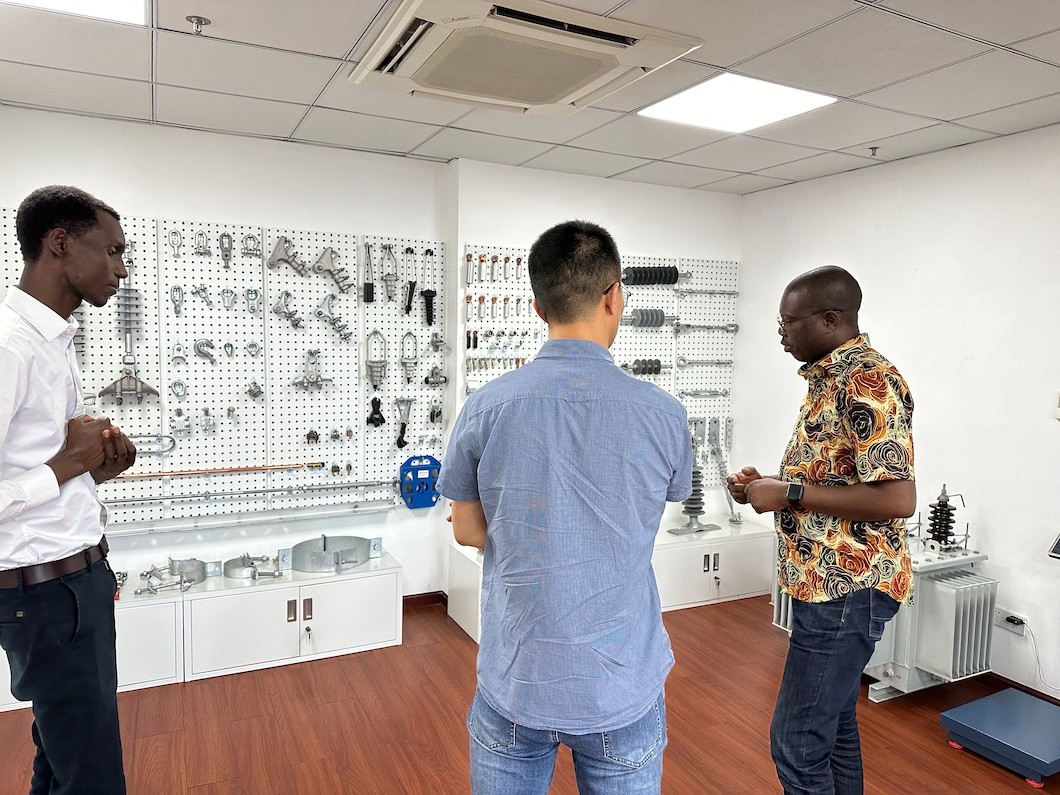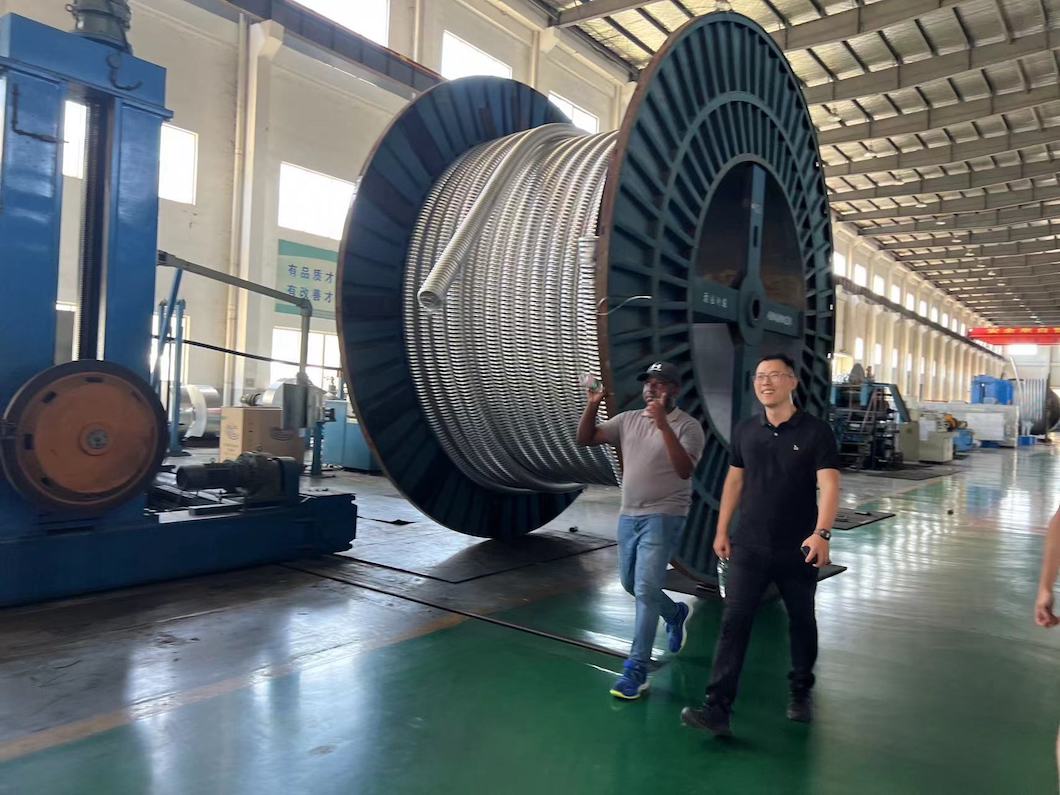| Catalog No. | Dimensions(mm) | Failure Load(KN) | Weight(KG) | ||||
| C | d | H | |||||
| PH-7 | 20 | 16 | 80 | 70 | 0.4 | ||
| PH-10 | 22 | 18 | 100 | 100 | 0.6 | ||
| PH-12 | 24 | 20 | 120 | 120 | 0.9 | ||
| PH-16 | 26 | 22 | 140 | 160 | 1.5 | ||
| PH-21 | 30 | 24 | 160 | 210 | 1.6 | ||
| PH-25 | 34 | 26 | 160 | 250 | 2 | ||
| PH-30 | 38 | 30 | 180 | 300 | 3 | ||
| PH-0780 | 20 | 16 | 80 | 70 | 0.4 | ||
| PH-10100 | 22 | 16 | 100 | 100 | 0.5 | ||
| PH-12120 | 24 | 18 | 120 | 120 | 0.9 | ||
| PH-16120 | 26 | 20 | 120 | 160 | 0.9 | ||
| PH-21130 | 26 | 20 | 130 | 210 | 1 | ||
| PH-25120 | 32 | 24 | 120 | 250 | 1.3 | ||
| PH-32140 | 36 | 28 | 140 | 320 | 2 | ||
1.Material: These extension rings are typically made from steel or iron.
2.Surface Treatment: They undergo processes such as anti-rust oil, powder coating, or hot-dip galvanization to enhance durability and protect against corrosion.
3.Application: Extension rings are essential components in overhead power line fittings for voltages ranging from 1 to 20 KV.
4.Types Available:
1)PH-7, PH-10, PH-12, PH-16, PH-21, PH-25, and PH-30: These correspond to different sizes and load-bearing capacities.
2)Extension rings are used to link clamps to insulators or connect insulators and ground wire clamps to tower arms or substation structures.
3)They come in both special types (such as ball-eye and socket clevis) and common types (usually pin-connected).
4)The choice of type depends on mounting conditions and load requirements.























